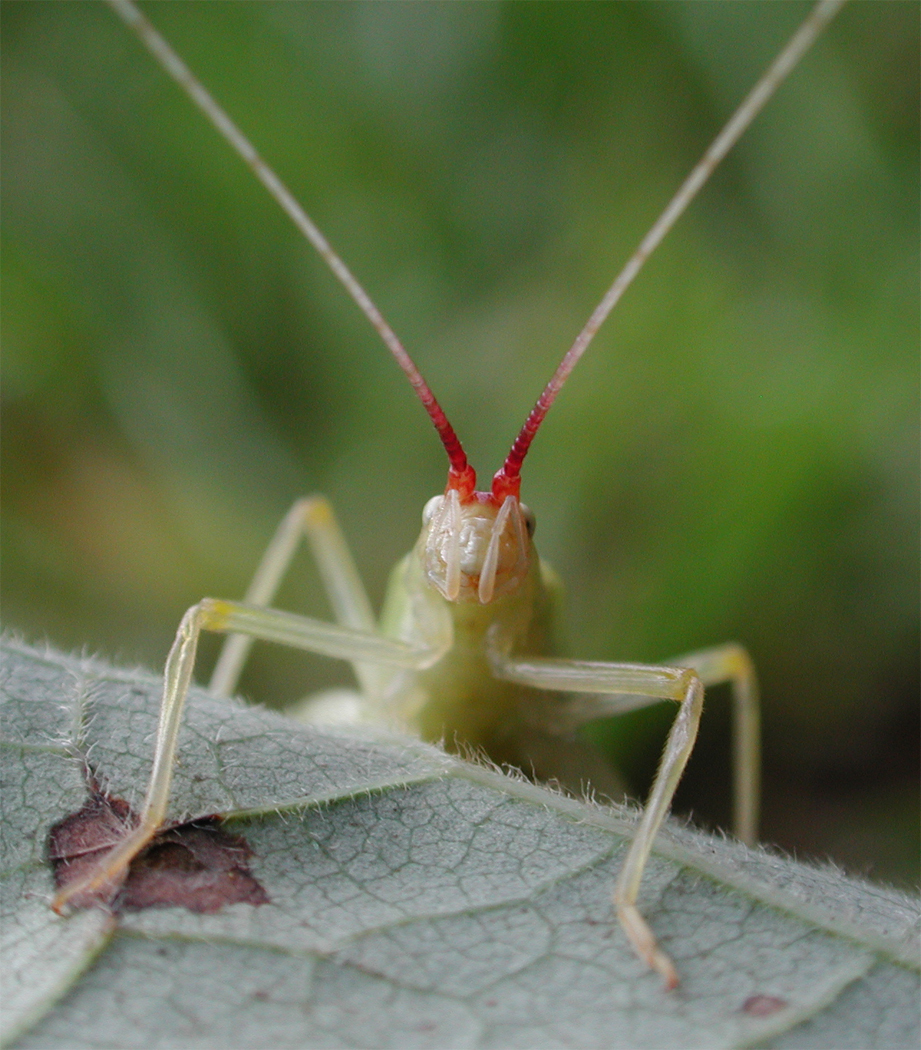species
Oecanthus latipennis Riley, 1881
Broad-winged Tree Cricket; 宽翅树蟋

Nomenclature (16)
- Oecanthus latipennis Riley, 1881: 61.
Holotype; male; 4b2a4cf5-9ddd-48ba-a432-0419df3f1ec9; deposited at: National Museum of Natural History, Smithsonian Institution (USNM); United States: Missouri: or Southeastern U.S.A. Alabama
- Oecanthus latipennis Riley, 1881 in Beutenmüller, 1894: 272.
- ... Show all ... (12)
- Oecanthus latipennis Riley, 1881 in Symes, Rodríguez & Hobel, 2017
- Oecanthus latipennis Riley, 1881 in Zhao & Liu, 2022: 249.
Nomenclature references (16)
- Alexander, R.D. (1962) Evolutionary change in cricket acoustical communication. Evolution, 16, 443–467. Available at http://entnemdept.ifas.ufl.edu/walker/Buzz/k340la62b.pdf
- Allard, H.A. (1910) Musical crickets and locusts in North Georgia. Proceedings of the Entomological Society of Washington, 12, 32–43. Available at http://www.biodiversitylibrary.org/item/20247#page/52/mode/1up
- ... Show all ... (12)
- Yin, H. & Liu, X.-W. (1995) Synopsis on the classification of Grylloidea and Gryllotalpoidea from China. Shanghai Scientific & Technological Literature Publishing House, Shanghai, 239 pp.
- Zhao, X. & Liu, H.-Y. (2022) Analysis on the fauna composition of the infraorder Gryllidea in China (Orthoptera: Ensifera). International Journal of Ecology, 11(3), 240–263. Available at http://www.hanspub.org/journal/PaperInformation.aspx?paperID=54352
Descendants and synonyms
Stats
| Valid names | |||||
|---|---|---|---|---|---|
| Rank | Extant | Fossil | Invalid | Total | |
| species | 1 | 0 | 0 | 1 | |
